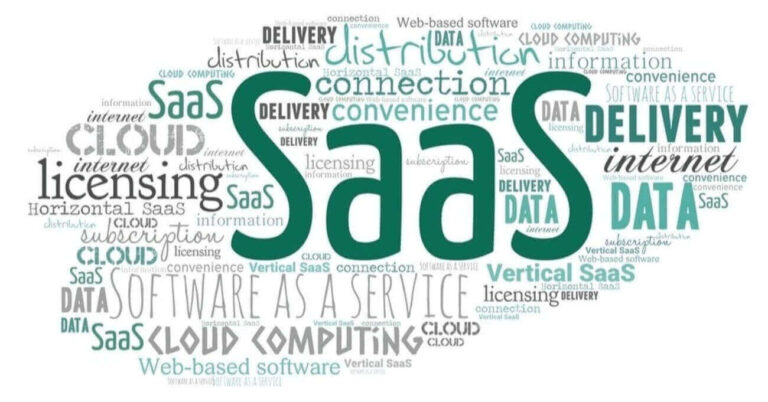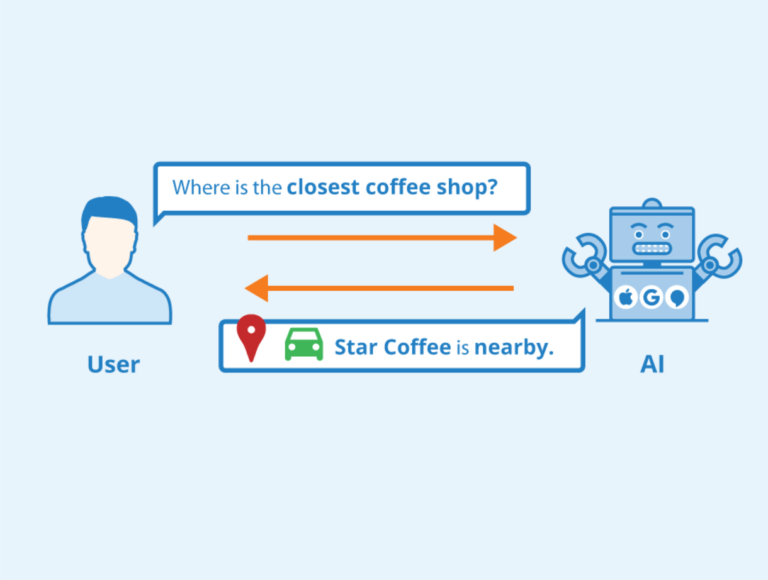Top 5 Challenges Of SaaS Companies

The concept of online work tools has never been more appealing to employers, especially in the digital post-COVID era. Having gone through the boom of remote work, webinars and online board meetings in 2020, more and more companies are readily embracing cloud-based solutions as alternative to traditional work systems. Leading to an almost obsessive, global craving for remote collaborative and cloud computing options.
In this article, you’d learn everything about Software-as-a-service and how it benefits corporate users, including the peculiar challenges faced by SaaS companies.
What is a SaaS company?
A Software-as-a-service company, also known as (SaaS), is a third-party software provider that offers users remote access to cloud software. Simply put, the service commercializes online software to customers without them necessarily owning or installing the application.
How does a SaaS company work?
Software as a service companies host online applications that companies pay annual subscription fees to access. The service provider literally takes off the headache of software installation and regular updating for customers; by providing web-based software hosted over their large servers. This is a direct regeneration of conventional, packaged software.
Benefits of SaaS
- Software flexibility and mobility: Imagine walking around with your company data at your fingertips, literally. That’s one important benefit of cloud software services. Online application hosting makes data easily accessible from any device, at any time by the user, thereby saving time.
The transition to on-demand software has disrupted traditional data management systems used by businesses, saves a company’s technical infrastructure logistics, and reduces costs for setting up applications. - SaaS automation ability improves market growth: Statistically, 38% of companies globally are almost run completely on SaaS, and at least 85% plan to convert to cloud-based software by 2025. The reason is that the overall effect of using online software accelerates business output and efficiency by more than half.
- Scalable business model: The cloud software market is rapidly developing with a global market worth predicted to reach $176.62B by the end of 2022, and an annual growth rate of 18%.
As a result, more and more companies are plunging into the space. One reason why online software service continues to thrive is because of their scalable business model. What with big names like Salesforce and Microsoft raking in annual revenues in billions of dollars by the year and also, unicorns like Lucid valued at $3B, the software business has never been more profitable. - Saves users the stress of IT infrastructure maintenance: By subscribing to on-demand software, companies no longer have to spend a huge percentage of their running costs on software updates, installation, or regular bug fixes.
Challenges of SaaS companies
The Software-as-a-Service industry has witnessed massive growth globally over the past few years in terms of technological advancement and gross revenues. In addition, the market size grew to accommodate both physical product businesses as well as remote service companies.
However, this rapid growth is not without a few hitches. Here are some of the challenges faced by companies in the cloud computing and Software-as-a-service industry.
1. Business and sales model issues
One challenge for SaaS companies is getting users to pay for commercial products. Based on its freemium model, customers can benefit from free product versions for a limited time or with restrictive features.
However, the trend nowadays is that clients are unwilling to subscribe to use monetized versions. This greatly impedes the revenue model of the business. The major source of income is from subscription fees paid by customers.
Gradually software providers (about 38% of SaaS companies), are embracing usage-based pricing in replacement of subscription-based services. This means that customers are billed per volume of usage, and only when they use the service.
Converting free users into paid subscribers has been tacked by user-based pricing model which charges companies based on number of software users. Though still under much development, the business model of remote software companies is evolving to attract customers and maintain profitability.
2. High product development and infrastructure maintenance cost
Developing infrastructures required to host the servers, especially when constantly incorporating new technology trends, is expensive. The process of updating and upgrading management systems is quite pocket-draining.
While a hosting company might decide against regular updates the consequence is the risk of a severe attack, which will lead to the loss of stored data on its systems.
3. Cyber-attacks and unskilled workers could lead to massive data loss
Another great challenge for SaaS companies is the impact of cyber-attack which could cripple a service provider. Due to the large amount of stored data that would get into the wrong hands, it could frustrate their market growth.
Furthermore, the effect of data systems crash is multi-dimensional. Given their dependence on third-party software hosting, user companies could be severely affected in the event of a system crash or cyber-attack on the software provider systems.
4. Too much market competition
The SaaS sector has rapidly grown to dominate the software and cloud computing market. This has resulted in higher demand for its products, and a lot of VC funding for SaaS companies. Therefore, it comes as no surprise that the industry is now saturated with companies trying to milk this new opportunity.
Even traditional packaged software providers are now rebranding as “Online software providers”. By implication, it is now challenging to maintain customer consistency after spending so much to successfully onboard client companies.
5. High churn rate
Churn rate is the number of users who stopped using a particular product in favor of another, within a period of time. Customers jump ship for one of many reasons such as price, poor marketing strategy, product flexibility, agility, and user experience.
The solution is to demonstrate just how important your product keeps helping the user in their business instead of trying to upsell or make them buy more. Keep pointing out the successes they’ve achieved by subscribing to your product instead of intensifying marketing efforts.
There are other challenges ranging from recruiting the right workforce, and getting marketers to ‘sell’ products in a condensed market, to targeting the right market and making enough sales to cover costs profitably.
Top software-as-a-service providers
Big players in this industry include:
- Microsoft
- Salesforce
- Adobe creative cloud
- Google workspace
- CISCO
- Intuit
- Github
- Amazon web services
- Databricks
- ServiceNow
- Hubspot
- Box
- Mailchimp
What’s trending right now in the software-as-a-Service industry?
- Data integration feature: Despite all the challenges in the industry there are still recorded breakthroughs such as the data integration feature. Initially, companies had a hard time migrating and integrating their data onto cloud software but recent improvements in the service include a seamless data integration process for companies thereby eliminating the need for third-party influence.
- Vertical SaaS: Unlike horizontal SaaS generally used by companies, tech companies can leverage vertical SaaS customizable model for specific industries. With vertical SaaS, companies can build and adapt to targeted consumer needs and individual product niches.
- Artificial Intelligence (AI) technology: AI technology allows for automation, and personalization of service, including speed and security of data systems and data adaptation.
It is worthy of note that, AI technology is building a lot of hype in the market right now as it is disrupting activities in every sector of the tech industry. Combined with SaaS infrastructure, AI helps create efficiency in automated services that helps customers adapt to the service and also boosts the user experience of SaaS products.
Final words
Software-as-a-service is more than just a buzzword used in tech spaces. In essence, it is one of the most profitable niches in the technology industry, both in revenue and usage. The possibilities are endless, companies cannot do without using some form of SaaS product, making it highly sought after.





